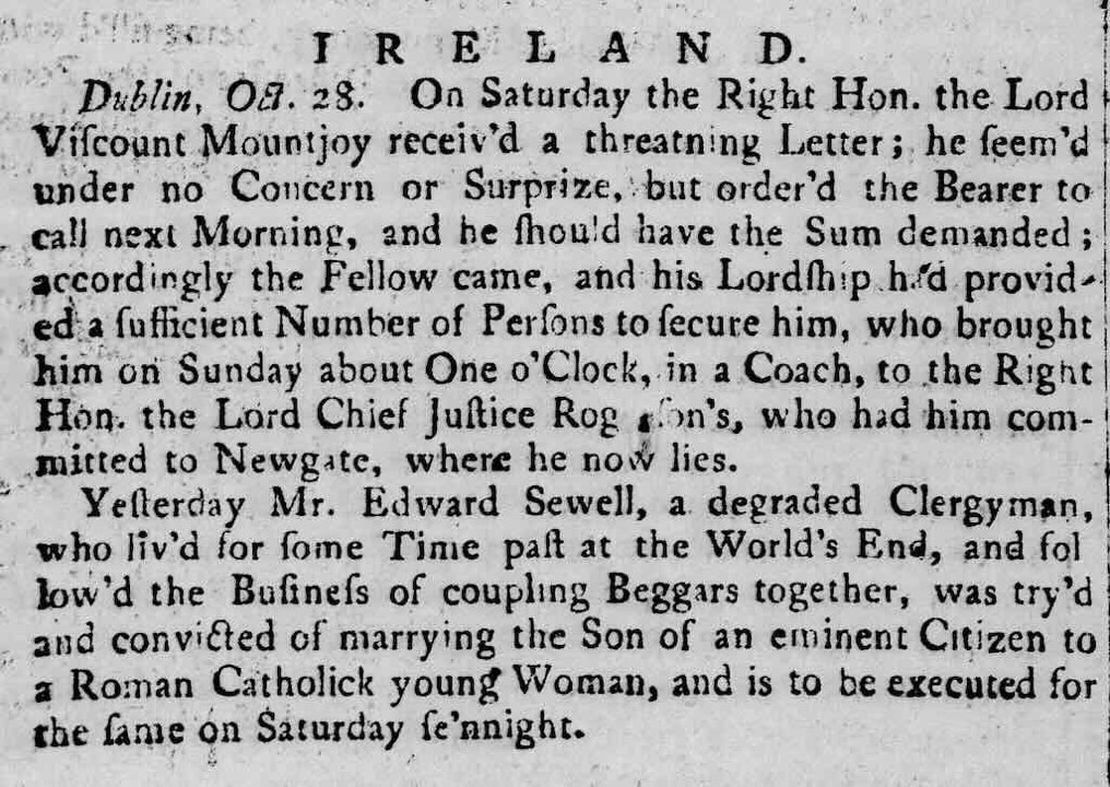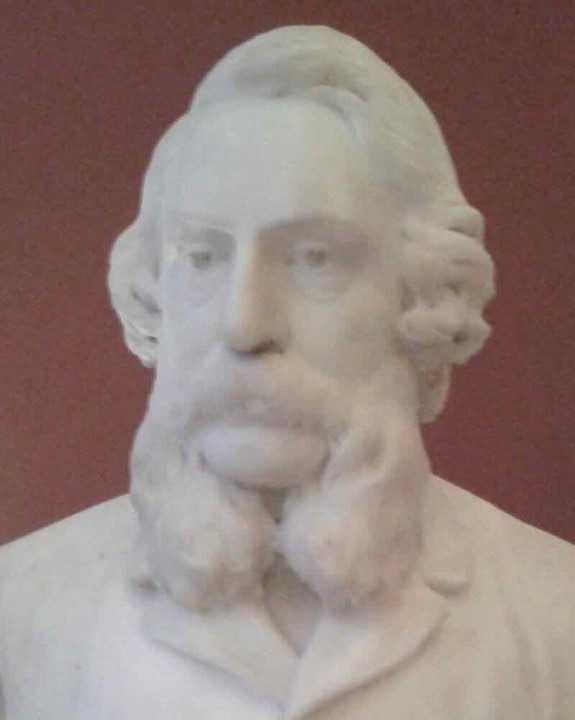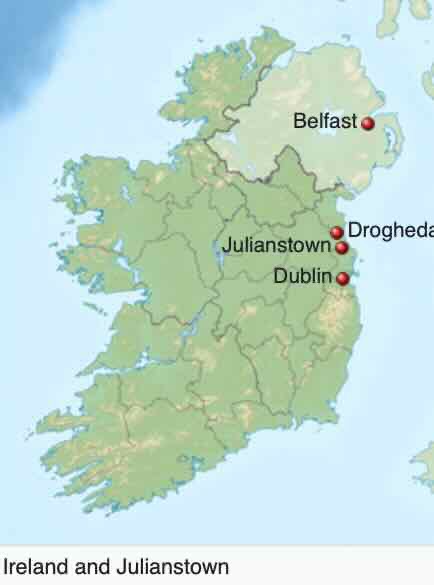- January 1, 1
Edward Sewell, a “couple-beggar” a term used for clergyman who conducts illegal marriages involving Catholics and Protestants - is hanged at Stephen’s Green
The Gloucester Journal - Nov 11 1740
IRELAND
Dublin, 08. 28. On Saturday the Right Hon. the Lord Vifcount Mountjoy receiv’d a threatning Letter; he feem’d under no Concern or Surprize, but order’d the Bearer to call next Morning, and he fhoul’d have the Sum demanded; accordingly the Fellow came, and his Lordship had provided a fufficient Number of Perfons to fecure him, who brought him on Sunday about One o’Clock, in a Coach, to the Right Hon. the Lord Chief Jultice Rogason’s, who had him committed to Newgate, where he now lies.
Yellerday Mr. Edward Sewell, a degraded Clergyman, who liv’d for fome Time palt at the World’s End, and follow’d the Bufinefs of coupling Beggars together, was try’d and convicted of marrying the Son of an eminent Citizen to a Roman Catholick young Woman, and is to be executed for the fame on Saturday fe’nnight.
St Stephen’s Green
St Stephen’s Green (Irish: Faiche Stiabhna) is a garden square and public park located in the city centre of Dublin, Ireland.
During certain periods in Irish history, laws and societal norms prohibited marriages between Catholics and Protestants. These legal restrictions were often part of a broader set of penal laws that discriminated against Catholics in favor of the Protestant majority. The aim of such laws was to maintain Protestant dominance in Ireland, particularly in the aftermath of the Williamite War in the late 17th century.
Couple-Beggar
The term “couple-beggar” historically referred to a clergyman who performed illegal marriages, often for couples of different religious denominations.
Couples of different religious denominations faced challenges if they wanted to marry legally. The term is particularly associated with a practice in Ireland during a period when laws prohibited marriages between Catholics and Protestants.
In response to these legal restrictions, some couples sought the assistance of sympathetic clergy, often referred to as “couple-beggars” or “jumping the broom” priests. These clergy performed secret or unofficial marriages for couples who could not or did not want to comply with the legal requirements.
Jumping the Broom
The term “jumping the broom” refers to a symbolic act often associated with informal marriages or unions. Couples would jump over a broomstick to signify their commitment to each other, especially when facing legal barriers to a formal marriage.

 ← Denny Lane, Young Irelander, author and poet, died
← Denny Lane, Young Irelander, author and poet, died
 Battle of Julianstown →
Battle of Julianstown →